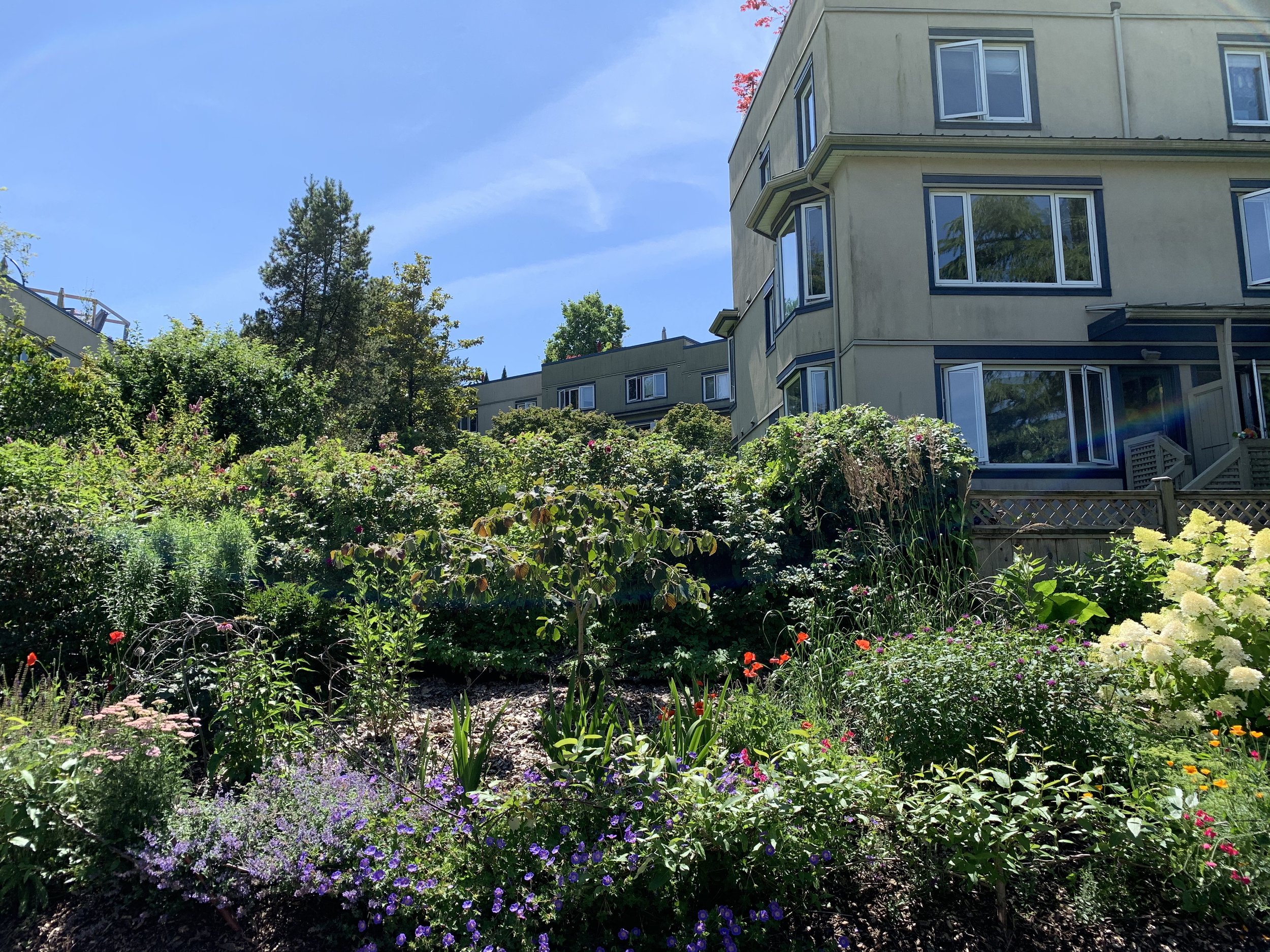Walk30 Week 1 Theme: Active Transportation
Walk30 Week 1 Theme: Active Transportation — the healthiest and most affordable way to get around!
The annual Walk30 Challenge between Burnaby and New West kicks off April 11! Every week during the five-week Challenge has a theme, meant to educate and inspire participants to walk more and keep going!
Did you know the BC government aims to double the percentage of trips taken by active transportation by 2030? More and more people are choosing active transportation as an affordable, environmentally sustainable, and healthy way to get to their destinations without a car! So what is active transportation, anyway?
Active transportation is carbon neutral transportation powered by you! Some examples of ways you might be using active transportation include:
Walking to school
Cycling to work
Using your wheelchair to get to the store
Jogging around the block
Skiing, snowboarding, or snow-shoeing
Going for a run
Skateboarding in the park
Rollerblading on the seawall
If you travel using your own power without a car, that’s active transportation!
Active transportation also includes getting around with the help of a device that gives you a boost, such as:
Mobility aids (ex. wheelchairs and walkers)
Electric bikes (e-bikes)
Electric kick scooters (e-scooters)
Walking and rolling (using a mobility aid with wheels) is fantastic for our mental and physical health, and great for the environment!
In North American urban planning, the trend for decades has been to build cities for and around cars. Building cities for cars negates the fact that humans love to be outdoors, and that it’s good for us too! Building highways instead of slow streets, suburban sprawl, and the way we zone cities can all lead to car-dependence in our society and increased pollution. It can be easy to forget our instincts to move and get outside when we are driving everywhere.
Consider a vacation you may have had in Europe. Did you notice how many car-free spaces you walked through? Maybe you also noticed that people love to cycle not only for leisure, but to get to work. Perhaps you were impressed by how abundant the transit options were, or how many tourists you saw walking casually down the street enjoying the scenery, or how kids walked and cycled together to school. This is because European cities are older and were built before the advent of the automobile, leaving many public plazas, small narrow streets, and spaces for people, not cars!
Wide, open pedestrian space in Paris. Walking while shopping and enjoying the beautiful architecture is a favourite activity of tourists and locals alike!
It can be surprising how our transportation modes shift when we travel yet we come back to our car-centric lives when we’re back home. Many of us love wandering about on foot when on holiday while taking in all the sights and sounds of the city, exploring hidden gems, and visiting quaint shops and local businesses, so why not do it here? We can do the same on our own streets at home! We can miss out on so many wonderful things in our city when we drive. Walking, rolling, or cycling, even if it’s along your regular driving route, allows you to notice things you’ve never seen before. Perhaps you’ll stop to chat with a neighbour you haven’t seen in a while, enjoy the lovely spring flowers, or meet a cute four-legged friend along the way!
A beautiful garden near the seawall at Granville Island, a wonderful place to walk or cycle to enjoy the views in the spring and summer.
You may have heard of the “15-minute city” concept. The idea is simple: plan and build our communities in a way that our daily needs can be covered by no more than a 15-minute walk, bike ride, or by using public transit. The major advantage of 15-minute cities is that they offer convenience and improved quality of life, and reduced social isolation. This concept became more popular and gained traction in cities during the COVID-19 pandemic. With more people working from home and trying to reduce their travel distance, the need for shopping and necessities to be close to home became more important to many. More city dwellers began to walk outdoors and cycle more because it was one of the safest and healthiest things you could do! Cities across the globe began developing outdoor patio pilot programs, implementing slow street and pop-up plazas, and creating temporary bike lanes and parklets.
People enjoying an outdoor plaza during the pandemic.
Metro Vancouver municipalities have been working towards improving active transportation options and integrating the 15-minute city concept into their long-term plans, recognizing the benefits of walking, rolling, and cycling in matters of public health and wellness. Burnaby’s latest transportation plan seeks to create opportunities for people to participate in the life of the city through the design of streets for people, and aims to have ¾ of all trips be by public transit and active transportation in the next 30 years! The City of New Westminster’s Uptown Active Transportation Improvements plan includes updates to the Rotary Crosstown Greenway and a new cycling connection to New Westminster Secondary School to improve and increase active transportation options in the city and give us more ways to safely get around without a car!
During the 2022 Burnaby|New West Walk30 Challenge, we challenge you to walk more personal wellness, to strengthen your connections to your community, and to rethink how you get around. Try approaching every walk like it’s an adventure and you’re on holiday exploring a new place for the first time! Make a mental note of all the new things you discover, the people (and animals!) you meet along the way, the nature you enjoy, and how you feel after a refreshing walk! Whether it’s your first time participating or if you’re a well-seasoned walker, the Walk30 Challenge encourages us to think outside the box of mobility and make long-lasting changes for our health and environment.




